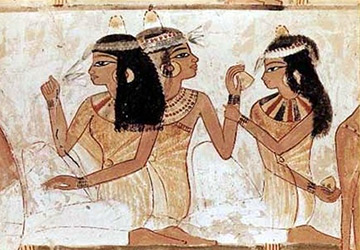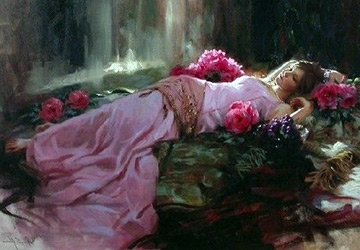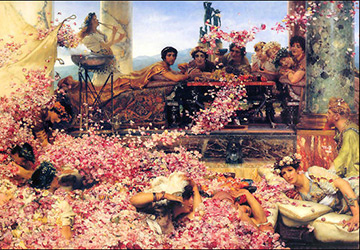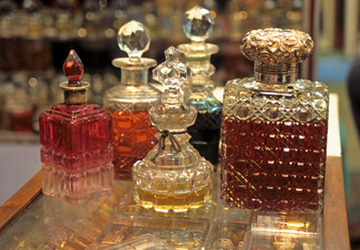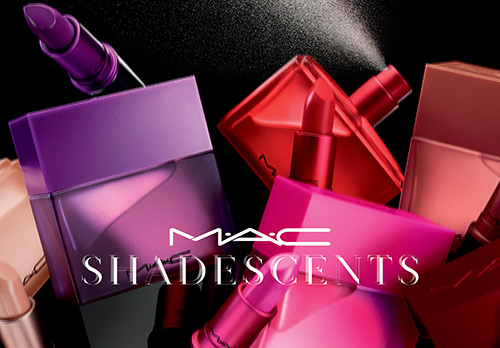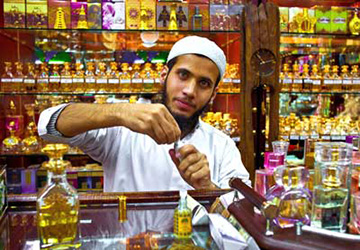Perfumery
Perfumery aromas of ancient Judea
Ancient Judea. Her land is filled with fragrant flowers and trees. And it is not surprising that the Jewish people have always shown great love for incense, which they used in various rituals and directly in everyday life.
For a long time, the Jews were in Egyptian slavery, and from this country of high civilization they adopted many cultural achievements and values, among which was the art of perfumery. But the fact that the ancient Jews were familiar with the aromas firsthand, we can say with confidence. Holy Scripture testifies to the widespread use of aromatic substances by the Jews.
"Here comes a caravan of Ishmaeltyans from Gilead, and their camels carry styrax, balm and incense: they are going to take it to Egypt." Bible. Book - Genesis - ch. 37-25

The mountains of Gileada were covered with fragrant shrubs, the most common of which was Amiris. It was from it that aromatic resin, or "gilead balsam", was extracted.
“... the land filled with Jordan;
Lebanon is hilly, crowned with cedars;
Wonderful fragrant Gilead; ... "
“And make an altar for the offering of incense; make it out of shittim wood. " Bible - Exodus chap. 30-1.
“Take for yourself the best aromatic substances; five hundred shekels of self-flowing myrrh, two hundred and fifty fragrant cinnamon, two hundred and fifty fragrant reeds, five hundred cassia, each holy shekel, and olive oil gin. And make of this ointment for the sacred anointing ... "Bible - Exodus ch. 30-23,24,25
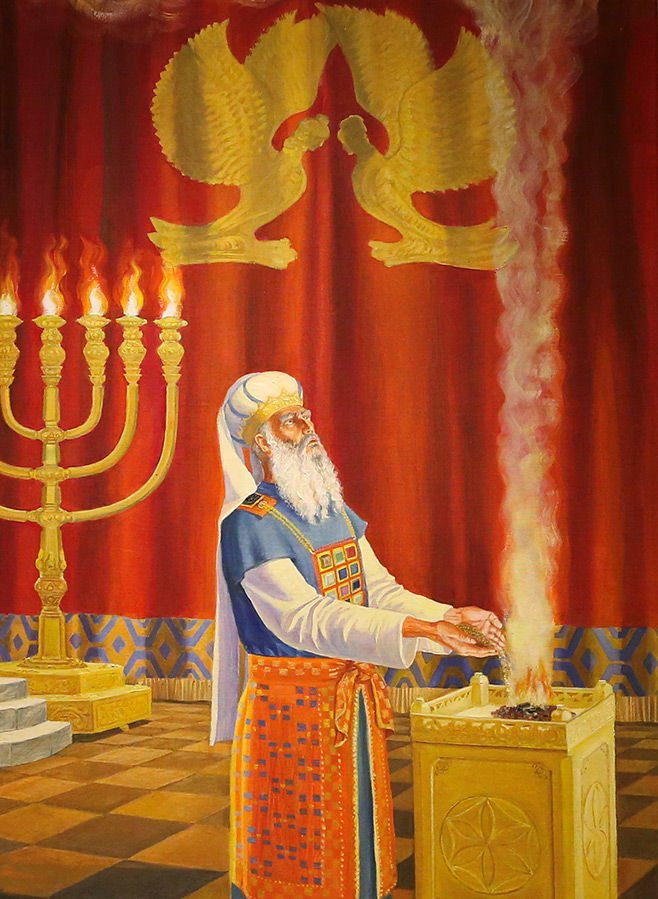
This incense was used to anoint the “tabernacle of the meeting,” “the ark of the testimony,” the “altar of burnt offering,” and other sacred attributes.
Fragrant oil and incense were intended only for the sacred anointing, its use was forbidden to everyone except Aaron and his sons, and this rule was passed down through the family from generation to generation along with the holy order.
"Take for yourself some fragrant substances: stakti, onikha, halvana fragrant and pure Lebanon, ... Do not make smoking according to this composition: let it be a shrine for you for the Lord" Bible - Exodus ch. 30-34,37
According to the law of Moses, severe punishments were imposed on anyone who dared to use the sacred oils or incense for their own needs, as well as to make it on their own.
The compositions of the sacred oils are known, but how they were prepared remains a mystery. Some components also remain unknown under the names that came to us from the ancient world.
“... Merging, the smell of incense, flowers,
Fruits and herbs ascend to the throne
To give praise to the Creator, like a garment ... "
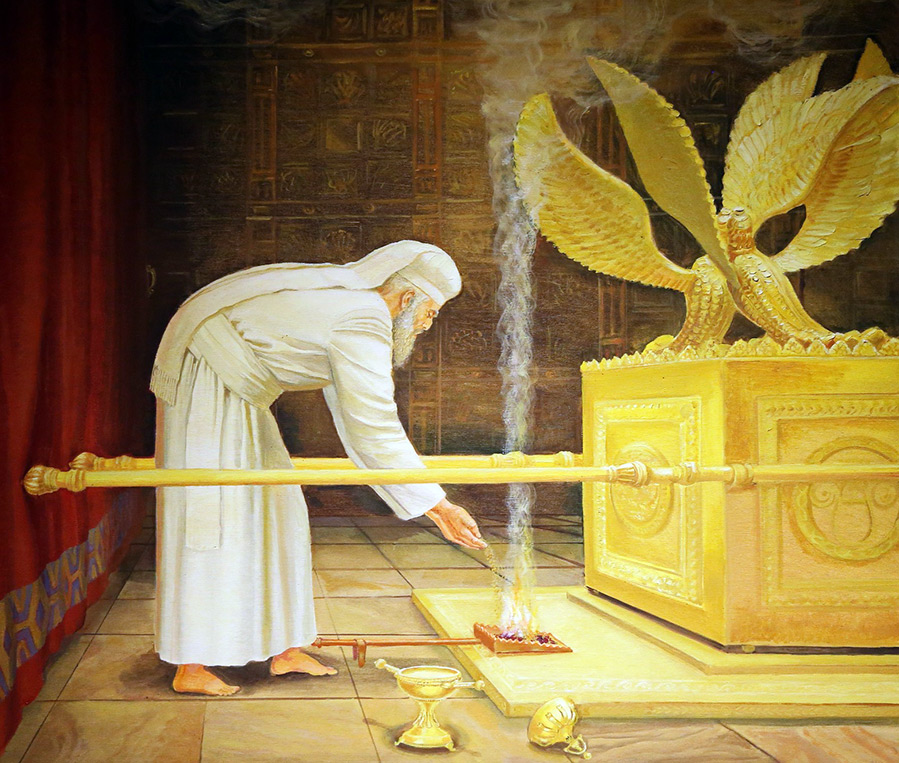
Along with the use of incense, the Jewish people preserved in their culture the Egyptian methods of hygiene and the use of aromatic oils and rubbing. Among the people, women enjoyed a special use of incense. Purification rituals were prescribed in Jewish law for women who washed their bodies with water and anointed them with incense.
Jewish women were distinguished by their beauty and grace. Beautiful hair, slightly dark skin color, large eyes, covered with long thick eyelashes - this natural gift remained many centuries later. And today the beauty of Jewish women attracts attention and is admirable. But what woman is content with the beauty given only by nature?
Each is trying to improve the beauty and surpass her friends in this respect. Of course, the ancient Jews used not only rubbing for the purity and fragrance of their own body, but also sought to enhance the beauty with the help of various kinds of cosmetics.
"... they came, and you washed for them, surprised your eyes and adorned yourself with clothes." Ezekiel chap. 23-40
Incense in those days was very expensive, and therefore they were valued so much that they were included in the number of royal gifts: gold, silver, precious stones.The mention of aromatic substances and compounds has been preserved in Hebrew poems and legends. This means that they were known for a long time and, undoubtedly, were valued among the Jewish people, and of course, the nobility.
The most famous in biblical times were myrrh, or myrrh, incense, aloe, cinnamon, nard, keper, saffron, cassia. Some of them were imported into Judea from Arabia and India. They were used for smoking, rubbing the body and healing.
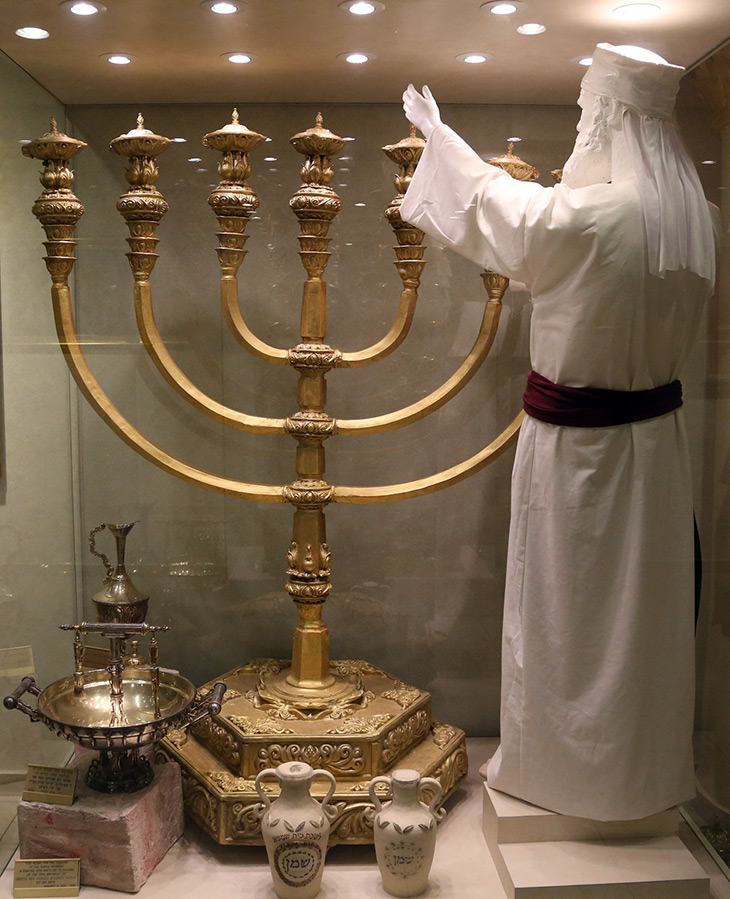
Keeper. Its flowers have a strong aroma, they were worn around the neck in the form of wreaths, and were also placed in rooms for aromatization and decoration. This plant was also known among the Arabs.
Saffron is obtained from the flower stigmas of Crocus sativus, or crocus.
Cinnamon is the bark of the Cinnamonum verum tree.
Incense... The juice of the Boswellia thurifera plant, which is very common in Arabia, mainly in Yemen. For a long time it came only from this country. The aromatic tree sap of incense was most of all used in the burial ceremony, it was sold at a high price. At normal air temperatures, incense took on a solid form.
Myrrh - precious resin of trees called Balsamodendron myrrha. In those days, it was one of the favorite aromatic substances, it was mainly brought from Arabia and Abyssinia. A gram of myrrh was costly to buyers of Judea - often an equal amount of gold dust.
Myrrh was obtained by cutting the trunks of trees, and then the resin was collected in a container. It was used not only in rubbing as incense or in ritual ceremonies. The spicy bitter taste of myrrh was also appreciated by ancient culinary specialists. Myrrh gave piquancy and extraordinary aroma to the dishes.
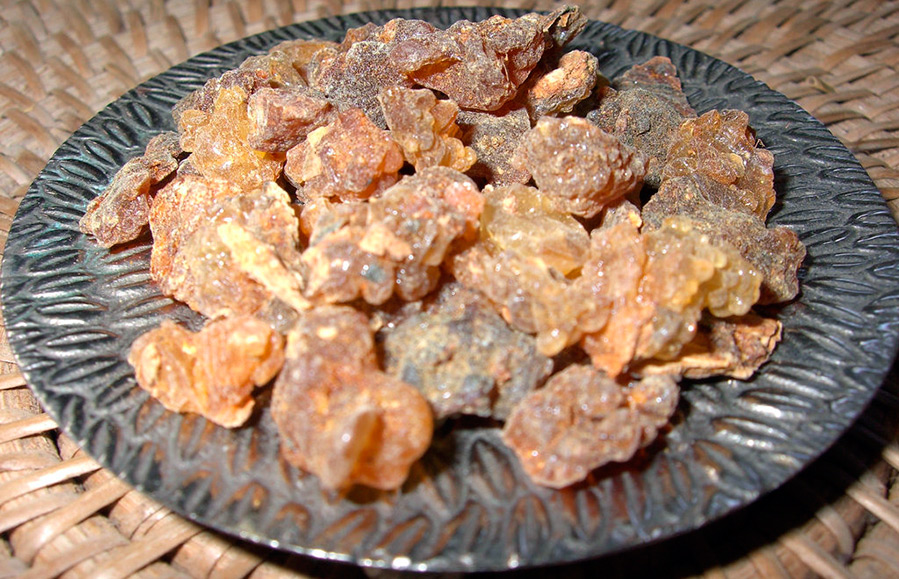
Aloe... This plant, mentioned in the Bible, should not be confused with the plant of the same name used in traditional medicine. Aloe in Jewish perfumery is the wood of the Aloexylum agallochum tree, which has a very pungent aromatic odor. It was this aloe that was used for embalming and as a valuable incense was used for smoking in homes.
In addition to smoking incense and aromatic rubbing, the ancient Jews had substances that created the fragrance of clothes and bed.
"... she scented my bedroom with myrrh, aloe and cinnamon." Proverbs of Solomon, chap. 7 - 17
The words "myrrh", "myrrh", and "myrrh" are often mentioned in the Bible and have different meanings. Holy myrrh was made and is made from several varieties of the finest oils. Today, miro is a mixture of olive oil with added wine and about 40 aromatic aromas.
Smyrna was used for anointing at the time of burial. A mixture of myrrh and aloe has always been in the composition for embalming.
In ancient times, all incense, including myrrh, was brought to the city of Smyrna (Izmir), located on the western coast of Asia Minor. This is most likely why myrrh was often called myrrh. The gum obtained from the plant Smyrnium perforatum is also called myrrh.
The Jews, like the Egyptians, embalmed the dead. In the Gospel of John we read: “Nicodemus, who had previously come to Jesus at night, also came and brought a composition of myrrh and aloe, about a hundred liter. And so they took the Body of Jesus and wrapped it in swaddling clothes with incense, as the Jews usually bury it. ”The Gospel of John, ch. 19 - 39.40

Backgammon... Under this name from the ancient letters, as well as in the Holy Scriptures, various fragrant plants are mentioned. Some of them are native to the Himalayan mountains, others grew in the Alps. Backgammon was shared by Indian, Gallic, Italian, Arabic. The rhizomes of these plants served as raw materials for obtaining nard oil, which has always been part of the world.
It was a custom among the Jews to anoint the head of an honored guest with incense. We read in the Gospel of Mark - ch. 14 - 3 - "... a woman came with an alabaster vessel of peace made of pure and precious nard, and, breaking the vessel, poured it on His head." The Gospel of Mark, chap. 14-3
The peoples of the countries of the East for centuries more steadily than the European peoples observe the customs and customs prescribed from antiquity. There are many examples for confirmation. They can be found among the Arabs, in India, Afghanistan, and also in the Holy Land. Read the Bible, learn in it not only about Jewish perfumery ...

Comments and Reviews
Add a comment
Rating news
Shades of clothing that make women look younger
What shades of hair make women younger: rules and photos
Funny wedding dresses - photos and ideas
12 most expensive down jackets for the winter
How to look 25 at 40: tips from supermodels
Beautiful schoolgirls
Anti-aging haircuts and hairstyles for women
Fashionable skirts for autumn and winter
Fashionable women's trousers for the cold season
Fashionable and stylish sandals for summer 2024
Spring-summer 2024
 Fashionable dresses and tops with thin spaghetti straps
Fashionable dresses and tops with thin spaghetti straps
 Bandana tops: how to wear stylishly and beautifully
Bandana tops: how to wear stylishly and beautifully
 How to put together the perfect men's wardrobe for the summer
How to put together the perfect men's wardrobe for the summer
 Fashionable shorts for spring-summer 2024
Fashionable shorts for spring-summer 2024
 Fashionable skirts for spring-summer 2024: a guide to online shopping
Fashionable skirts for spring-summer 2024: a guide to online shopping
 The most fashionable dresses spring-summer 2024: styles and colors
The most fashionable dresses spring-summer 2024: styles and colors
 Fashionable total look 2024: ideas of images and trends
Fashionable total look 2024: ideas of images and trends
